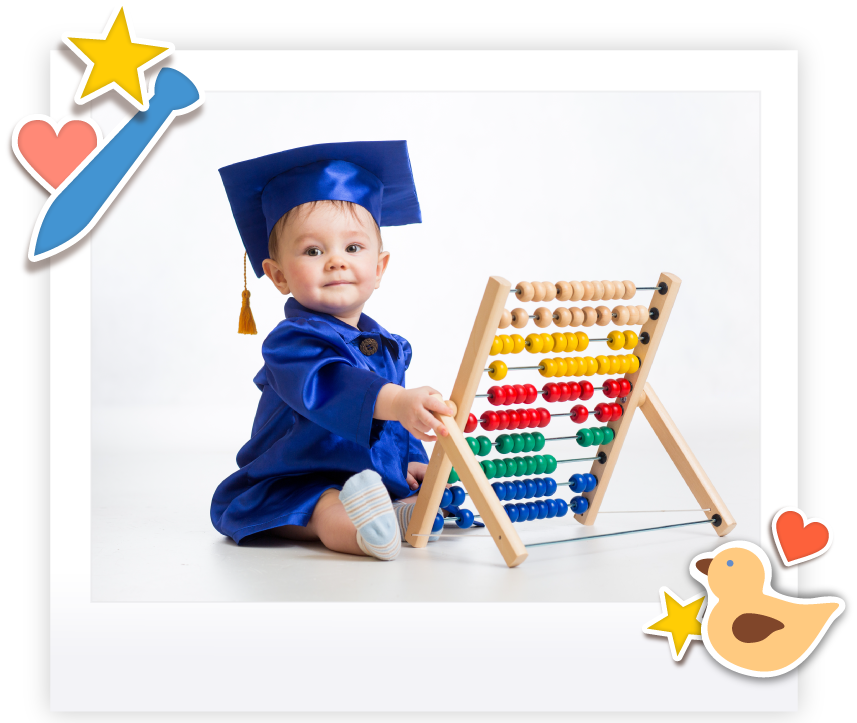"We teach children the skill of blending to read, the logic of decoding to spell, and the synthesis of dictation to write. This is how we build true literacy, not just word memory."
Dr. Jeff Cheng, Program Director of Jolly Kingdom

At Jolly Kingdom, we guide children from "whole word" memorisation to analytical skill-building. Our three-step phonics blueprint leverages their developing logic, teaching them to see words as a composition of sounds (phonemes). This structured progression builds a powerful and permanent framework for true literacy.


The first essential skill is to truly "read" words, not just recognise their shape. We build this foundational ability with a targeted, two-pronged approach.
● Isolating the Blending Skill: We use "non-sense words" (e.g., "plim") to ensure students are learning the skill of blending, not just memorising. Unfamiliar words force a child to rely on their analytical mind to identify and smoothly combine each sound.
● Preventing Rote Memorization: This method actively prevents the common habit of sight-guessing. By making phonics the only path to success, we build a solid foundation that gives students the confidence to tackle any new word.

● Making Sounds Visible: Our exclusive decoding books make this abstract concept concrete. Visual sound marks (like a line under a digraph) show students a word’s phonemic structure, making it clear that 'sh' is one sound, not two.
● Structuring the Writing Process: Letter size boxes provide a clear framework for writing that guides correct letter formation. This support tool eliminates the guesswork, transforming spelling from a memory test into a logical puzzle.
● Richly Illustrated: Every spelling word is paired with a corresponding picture. This powerful visual association not only aids memory but also allows students to build their personal vocabulary bank at the same time.

This final stage synthesises learned skills into the practical application of writing. Our dictation is "strategic," not just a simple spelling test.
● Integrating All Word Types: Exercises are aligned with the sounds the student has just mastered, reinforcing their learning. We integrate decodable words, sight words, and irregular words, preparing students for the realities of English.








